Perth is the capital and largest city of the Australian state of Western Australia.
It is located at the coast of Indian Ocean in the south-western region of Australia.
As of June 2020, the population of Perth is over 2.1 million people. It is the 4th most populus city in Australia (after Sydney, Auckland and Brisbane).
The city covers a total area of 6,418 square kilometers (2,478 square miles).
The average altitude is 31.5 metres (103 feet) above sea level.
Aboriginal Australians have inhabited the Perth area for at least 38,000 years, as evidenced by archaeological remains at Upper Swan.
The Dutch Captain Willem de Vlamingh and his crew made the first documented sighting of the present-day Perth region by Europeans on 10 January 1697.
Captain James Stirling founded Perth in 1829 as the administrative centre of the Swan River Colony.
The city was named after the county of Perth in Scotland, birthplace of Sir George Murray, then secretary of state for the colonies, and was proclaimed a city in 1856.
The city’s population increased substantially as a result of the Western Australian gold rushes in the late 19th century.
During Australia’s involvement in World War II, Fremantle served as a base for submarines operating in the Pacific Theatre, and a US Navy Catalina flying boat fleet was based at Matilda Bay.
Today, Perth is a modern city with highly sophisticated infrastructure.
St Mary’s Cathedral, Perth, is the cathedral church of the Roman Catholic Archdiocese of Perth, and seat of its Archbishop. The cathedral as it now stands was constructed in three main phases, with the first phase completed in 1865. The second phase, began in the 1920s but construction was interrupted by the onset of the Great Depression. After being incomplete for 70 years, the third phase started in the late 1990s and was completed in 2009, making it the longest single construction project in Western Australia’s history.
St George’s Cathedral is the principal Anglican church in the city of Perth, and the mother-church of the Anglican Diocese of Perth. Built between 1879 and 1888 the cathedral was situated at the corner of St Georges Terrace and Cathedral Avenue at the heart of Perth’s heritage precinct, which includes the nearby Treasury Buildings and the town hall. On 26 June 2001 the cathedral was listed on the Western Australia Heritage Register.
Kings Park is a 400hectare (990-acre) park overlooking Perth Water and the central business district of Perth. The park is a mixture of grassed parkland, botanical gardens and natural bushland on Mount Eliza with two-thirds of the grounds conserved as native bushland. Offering panoramic views of the Swan River and Darling Range, it is home to over 324 native plant varieties, 215 known indigenous fungi species and 80 bird species. It is the most popular visitor destination in Western Australia, being visited by over 5 million people each year.
The Swan Bells are a set of 18 bells hanging in a specially built 82.5-meter (271-foot)-high copper and glass campanile in Perth. The tower is commonly known as The Bell Tower or the Swan Bell Tower. Taking their name from the Swan River, which their tower overlooks, and forming a sixteen-bell peal with two extra chromatic notes, they are the second largest set of change ringing bells in the world, the largest being Christ Church Cathedral, Dublin, which has nineteen bells.
Perth Zoo is a 17-hectare (41-acre) zoological park in South Perth. The zoo first opened on 17 October 1898. Today, there are about 1258 animals of 164 species and an extensive botanical collection. The animals and plants at Perth Zoo are from all corners of the globe.
The Perth Mint is Australia’s official bullion mint and wholly owned by the Government of Western Australia. Established on 20 June 1899, two years before Australia’s Federation in 1901, The Perth Mint was the last of three Australian colonial branches of the United Kingdom’s Royal Mint (after the now-defunct Sydney Mint and Melbourne Mint) intended to refine gold from the gold rushes and to mint gold sovereigns and half-sovereigns for the British Empire. Along with the Royal Australian Mint, which produces coins of the Australian dollar for circulation, The Perth Mint is the older of the two mints issuing coins that are legal tender in Australia.
Perth is one of the most isolated major cities in the world. The nearest city with a population of more than 100,000 is Adelaide, over 2,100 km (1,305 mi) away. Perth is geographically closer to both East Timor (2,800 km or 1,700 mi), and Jakarta, Indonesia (3,000 km or 1,900 mi), than to Sydney (3,300 km or 2,100 mi).
The city has a moderate climate for eight months of the year, but January and February are quite hot, and both June and July are cool and damp.
Perth hosted the 1962 Commonwealth Games.


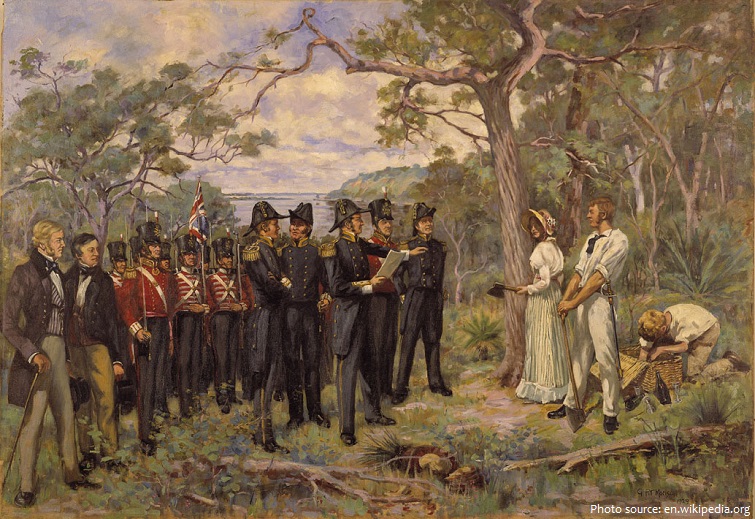
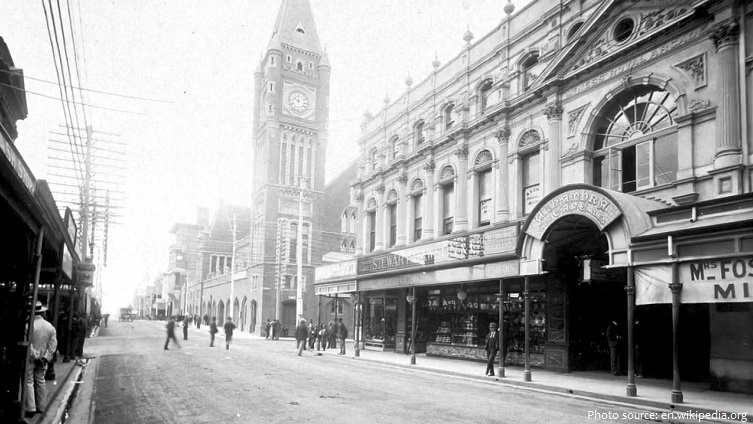
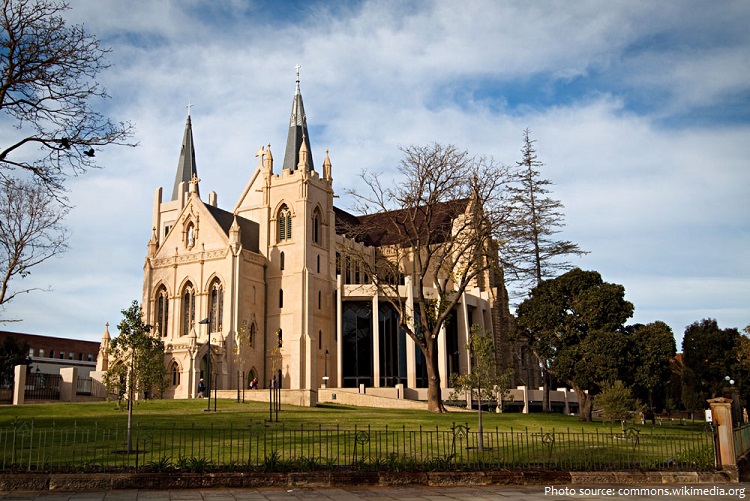
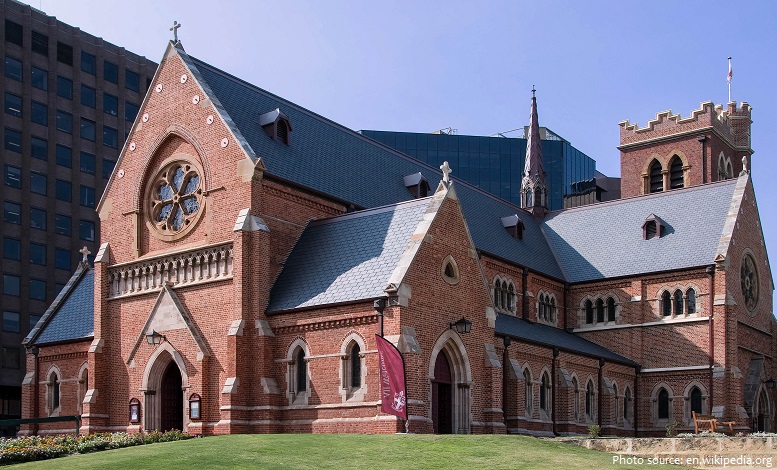
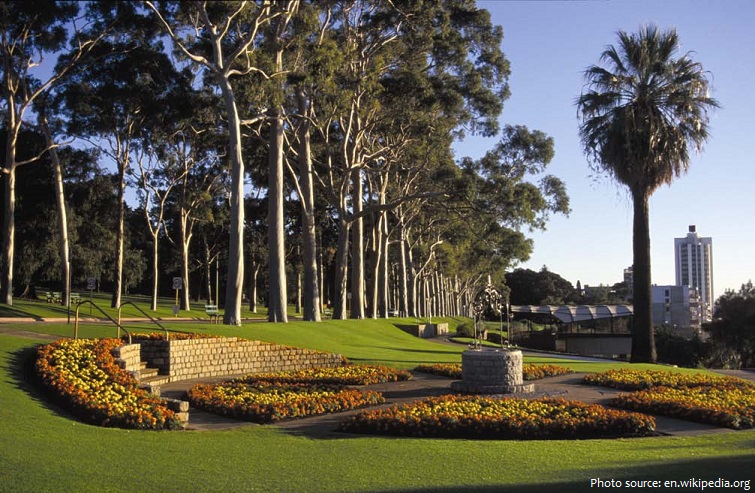
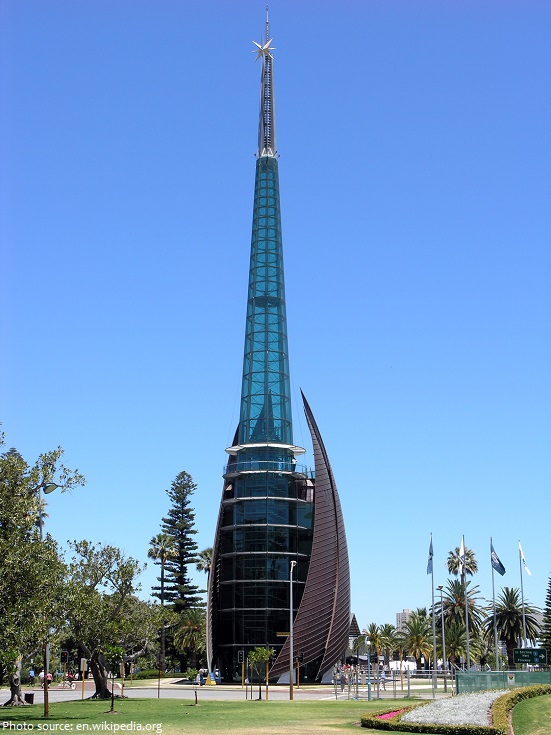
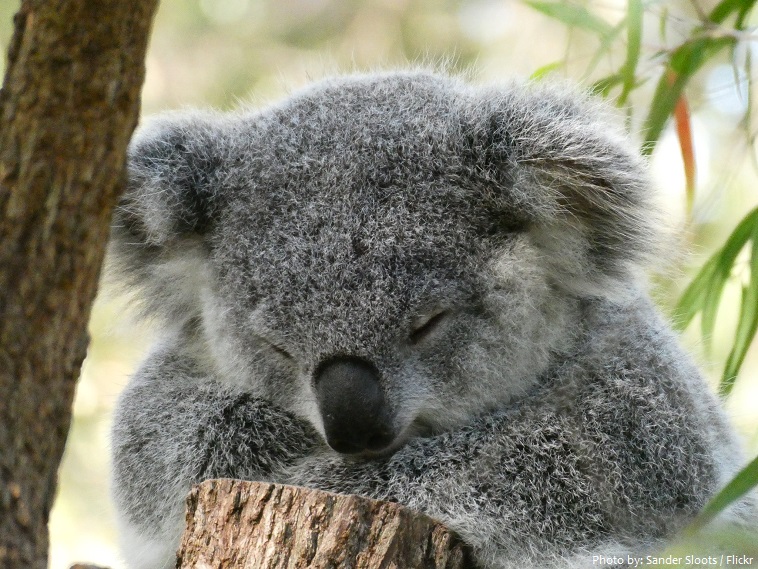
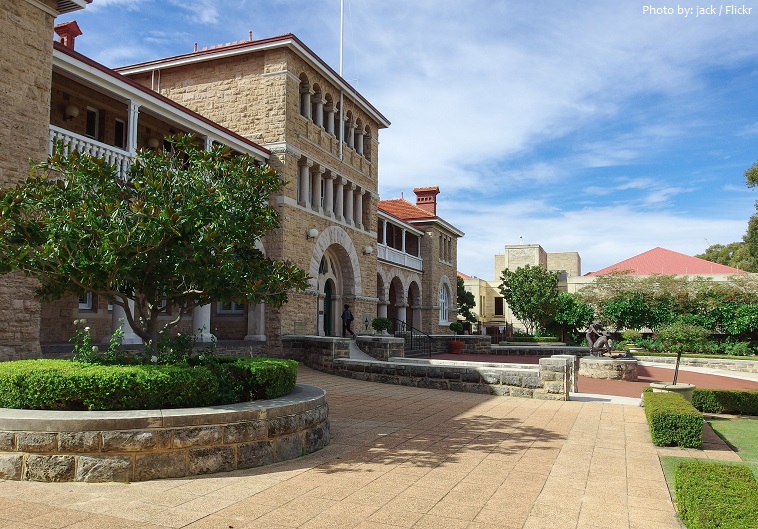
Comments are closed.